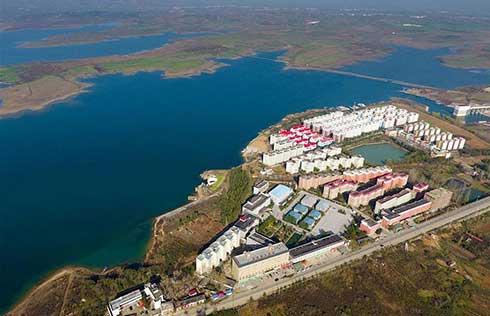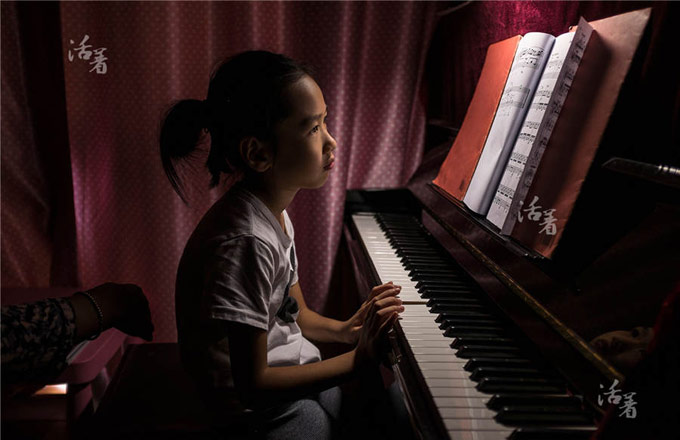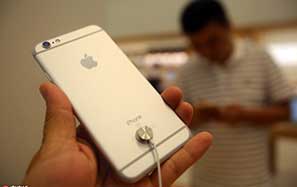Living in space: How astronauts train, eat and work
Practice and mission
Before the mission, the astronauts carried out 33 days of closed training. Except for weightless conditions, every process in the training lab was modeled on that in the space lab.
The eight training subjects were physical fitness, mental fitness, adaption to space environment, weightless protection, rescue and survival skill, rendezvous and docking, medical first-aid, and in-orbit experiment.
Multiple experiments will be carried out when the astronauts enter the Tiangong II space lab. The spacemen will receive in-orbit ultrasonic inspection to test their cardio-pulmonary function, the first of its kind in China's manned space mission. They will also carry out space material experiments, space plant cultivation and in-orbit maintenance of spacecraft.
After the astronauts enter the Tiangong II space lab, experiments will also be carried out to raise the public's science awareness. Three experiments, designed by secondary school students from Hong Kong, will be conducted to help students learn the changes of materials in zero-gravity environment.



















